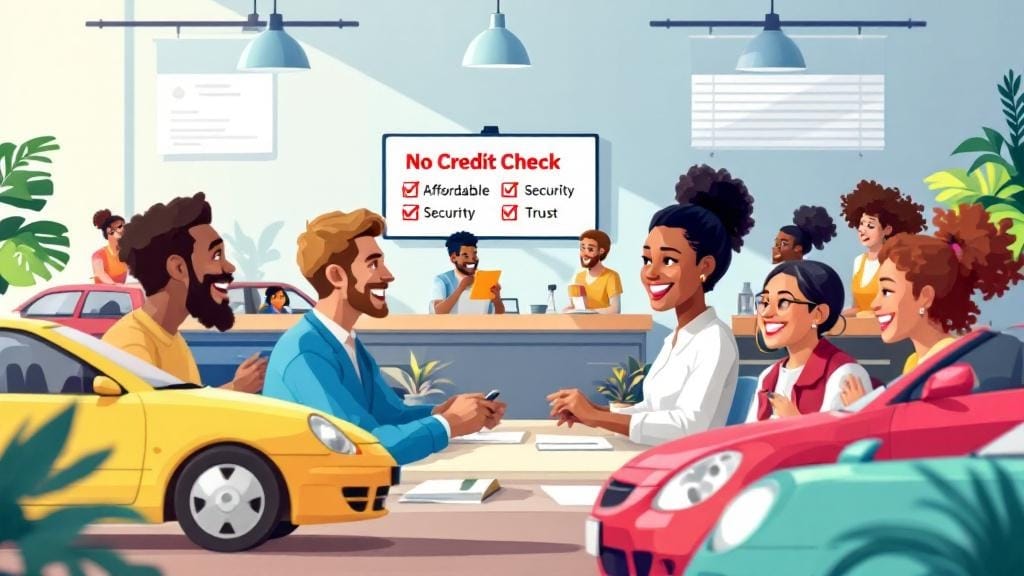Struggling with high credit card interest? You’re not alone. With average APRs nearing 20%, millions of Americans are stuck in the debt trap, making minimum payments while balances barely move. That’s where a 0 interest balance transfer credit card can be a game changer.
In this guide, we’ll break down exactly how a 0% APR balance transfer works, how to use it wisely, and how to pick the best balance transfer credit cards in 2025. Let’s help you build your debt payoff strategy—the smart way.
What Is a 0 interest balance transfer credit card?
A 0 interest balance transfer is a special credit card offer where you can move existing debt from one or more credit cards to a new card that offers 0% APR (Annual Percentage Rate) for a set introductory period—usually ranging from 12 to 21 months.
👉 In simple terms: You get a break from interest so you can pay down the actual debt faster.
Example: If you transfer $5,000 from a high-interest card (let’s say 22% APR) to a 0% balance transfer for 18 months card, you can save over $900 in interest—assuming you pay it off in time.
How Do Balance Transfers Work?
The process is straightforward:
Step-by-Step: How to Do a Balance Transfer
Apply for a balance transfer credit card with a 0% intro APR.
Once approved, request the transfer of your existing credit card balances (most issuers allow this online or via phone).
Your new card issuer pays off your old card(s).
You now owe the amount on the new card—with no interest for a limited time.
💡 Pro Tip: Check for balance transfer fees, usually around 3-5% of the transferred amount. Some cards offer balance transfer with no fees, which can save you even more.
Why Use a 0 Interest Balance Transfer Strategy?
This strategy isn’t just about saving on interest. It’s about taking control of your debt and setting yourself up for long-term financial health.
✅ Benefits of a No Interest Balance Transfer:
Save hundreds to thousands in interest
Accelerate debt payoff
Simplify payments by consolidating multiple cards
Boost your credit score with lower credit utilization
When Is a Balance Transfer a Smart Move?
Consider this strategy if:
You’re carrying high-interest credit card debt
You have good to excellent credit (typically 670+)
You can pay off the balance during the intro APR period
You want to consolidate multiple debts into one payment
⚠️ Warning: If you only make minimum payments or don’t pay off the balance in time, the standard APR (which kicks in after the intro period) will apply—and it’s usually high.
How to Choose the Best Balance Transfer Credit Card
Not all offers are created equal. Here’s how to compare balance transfer credit card deals and pick the best one for your needs.
🧠 Key Factors to Consider:
1. Introductory APR Duration
Look for 0% APR offers lasting 15–21 months
Example: Some cards offer 0% balance transfer for 18 months, giving you ample time to pay off your debt
2. Balance Transfer Fee
Standard is 3%–5%
Look for no interest balance transfer cards with no fees to maximize savings
3. Post-Intro APR
Know what interest rate you’ll pay after the intro period ends
Compare APR vs interest rate between cards
4. Credit Limit
Make sure the new card’s limit can accommodate the debt you want to transfer
5. Other Perks
Some cards offer cashback, rewards, or sign-up bonuses
Best Practices: Using a 0 Interest Balance Transfer Wisely
Once you’ve got your card, follow these rules to make the most of it:
💳 Smart Usage Tips:
Pay more than the minimum: Divide your total debt by the intro period months (e.g., $5,000 ÷ 18 months = ~$278/month).
Don’t make new purchases on the card unless there’s also a 0% purchase APR.
Set reminders a few months before the promo ends.
Avoid late payments—they may void your 0% offer.
Real-Life Example: How Sarah Paid Off $6,000 in 14 Months
Sarah had $6,000 in credit card debt across two cards charging 24% APR. She applied for a 0% APR balance transfer card offering 15 months interest-free and a 3% transfer fee.
Fee paid: $180
Monthly payment goal: $429
Total interest saved: Over $1,000
Thanks to consistent payments and no interest charges, she cleared her debt 3 months ahead of schedule.
What About Credit Scores and Balance Transfers?
Applying for a new credit card may cause a temporary dip in your credit score due to a hard inquiry, but the long-term benefits often outweigh this.
📈 How It Affects Your Credit Score:
Positive: Reduces your credit utilization ratio (especially if you don’t close old cards)
Negative: Too many new applications can hurt your score
💡 Tip: Avoid making multiple credit card applications in a short period.
Top 5 Best 0% APR Balance Transfer Cards in 2025 (Examples)
Note: Offers change frequently—always check the issuer’s website for current terms.
| Credit Card | Intro APR | Duration | Transfer Fee | Perks |
|---|---|---|---|---|
| Citi Simplicity® Card | 0% APR | 21 months | 3% | No late fees |
| Wells Fargo Reflect® | 0% APR | Up to 21 months | 3% | Cell phone protection |
| Chase Slate Edge® | 0% APR | 18 months | 3% | Automatic APR reduction possible |
| BankAmericard® | 0% APR | 18 months | 3% | No annual fee |
| U.S. Bank Visa® Platinum | 0% APR | 20 months | 3% | Flexible repayment planning |
When to Avoid a Balance Transfer
This isn’t the right strategy for everyone. Avoid it if:
You can’t pay off the balance in the intro period
You have poor credit and may not qualify
You’re transferring to make room for more spending (which can lead to a deeper debt hole)
FAQs About 0 Interest Balance Transfers
❓1. How does a 0 interest balance transfer help with debt consolidation?
A balance transfer can combine multiple debts into one card with 0% interest, simplifying payments and reducing interest costs—a great debt consolidation move.
❓2. Are there credit card offers with no balance transfer fees?
Yes. While rare, some credit card offers come with no balance transfer fee, saving you 3–5% of the transferred amount. These are ideal if you’re transferring large balances.
❓3. Will a balance transfer hurt my credit score?
Initially, your score may drop slightly due to the hard inquiry, but over time, if used responsibly, your score can improve thanks to lower credit utilization and timely payments.
❓4. Can I transfer a balance from a card within the same bank?
Generally, no. Most issuers don’t allow transfers between their own cards. You’ll need to apply with a different bank or credit card issuer.
❓5. What happens if I don’t pay off the balance in the intro period?
You’ll start accruing interest at the card’s standard APR, which is often between 17%–29%. It’s crucial to pay off the entire balance before the intro APR ends.
❓6. Do I need excellent credit to qualify for a 0% APR balance transfer?
Most cards require good to excellent credit (typically 670+), but there are low interest balance transfer cards for those with fair credit. Shop around and compare deals.
❓7. How long is the interest-free period on most balance transfer cards?
Most cards offer an intro APR balance transfer period between 12 to 21 months. Look for the longest duration possible if your balance is large.
Conclusion: A Smart Strategy to Tackle Credit Card Debt
A 0 interest balance transfer isn’t a magic bullet—but it can be a smart debt strategy when used right. It gives you a window of opportunity to pay off your balance without the weight of high interest dragging you down.
If you’re serious about taking control of your credit card debt, choosing the best balance transfer credit cards could be your first step toward financial freedom.
Take action today. The sooner you transfer, the more you’ll save—and the faster you’ll be debt-free.
✅ Next Steps:
Check your credit score
Compare 0% APR balance transfer offers
Calculate your monthly payment goal
Create a payoff plan—and stick to it!








Comments (0)